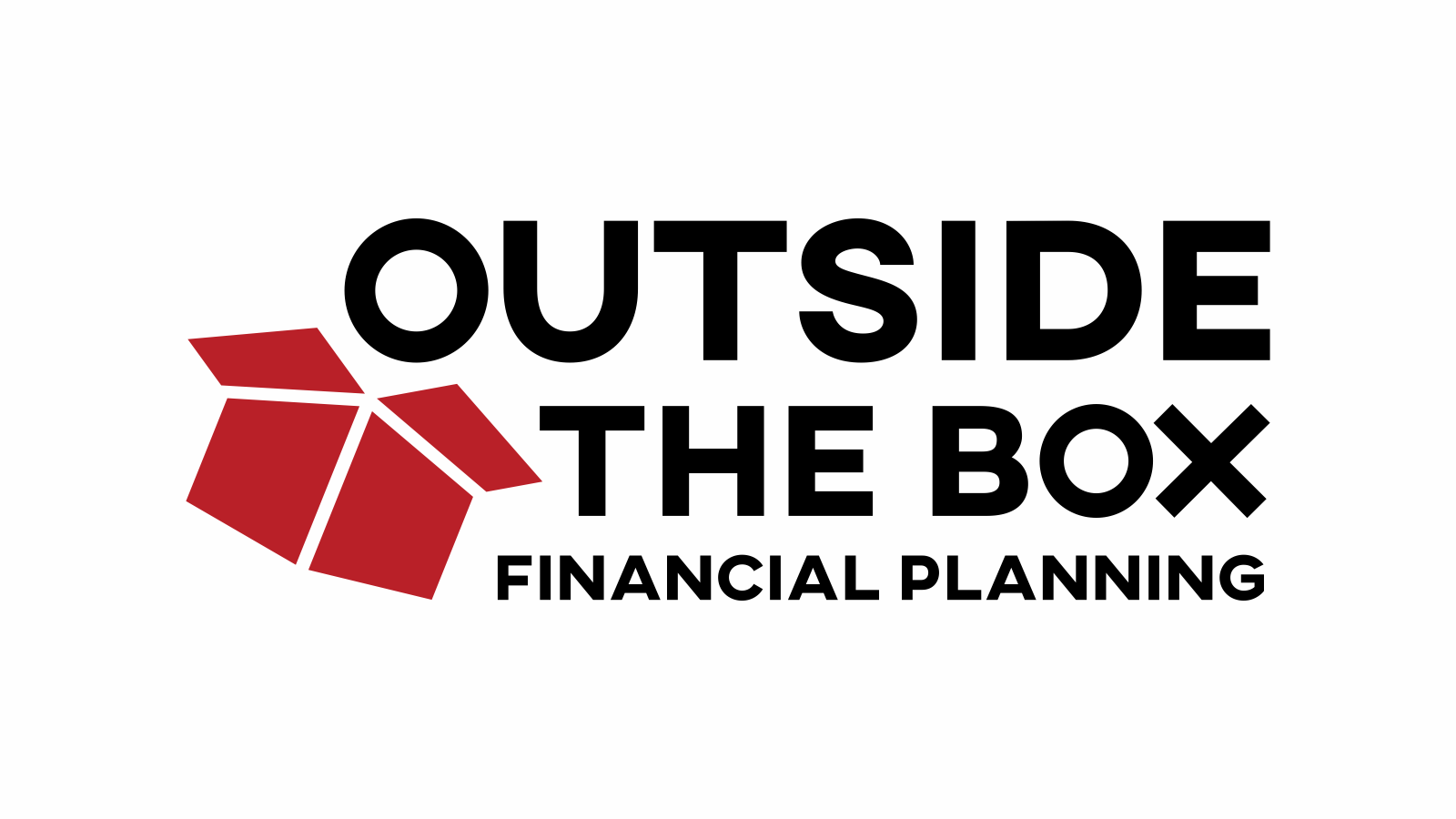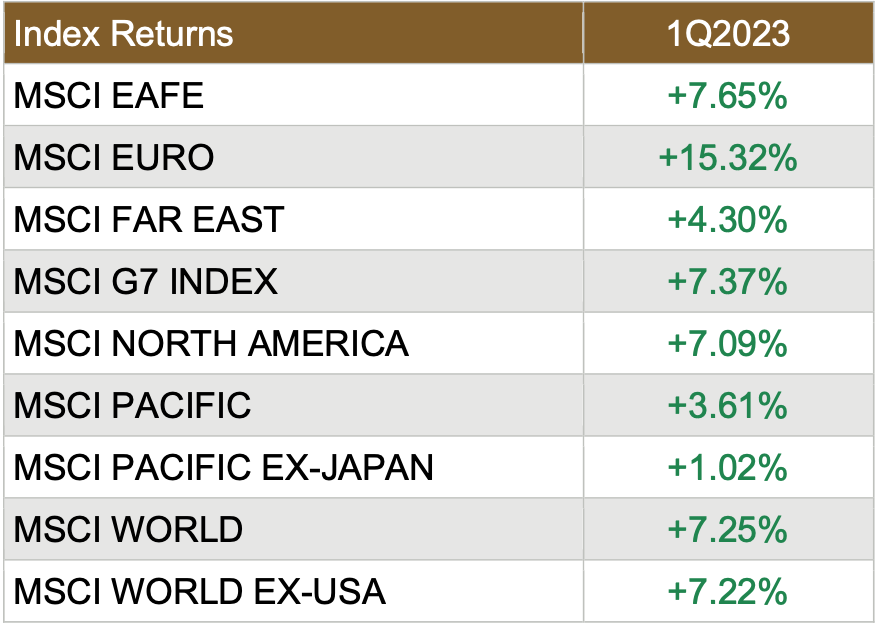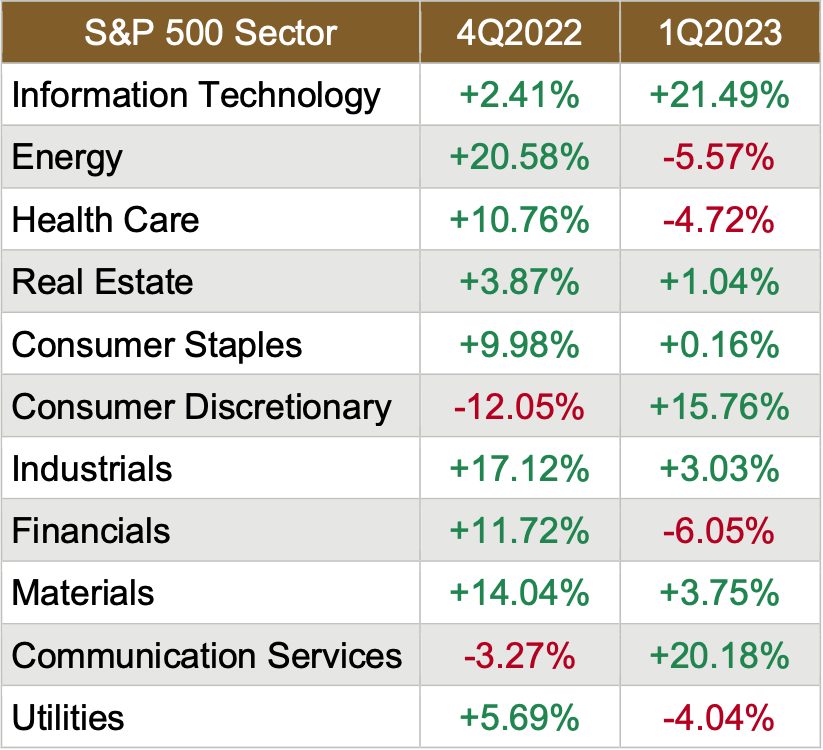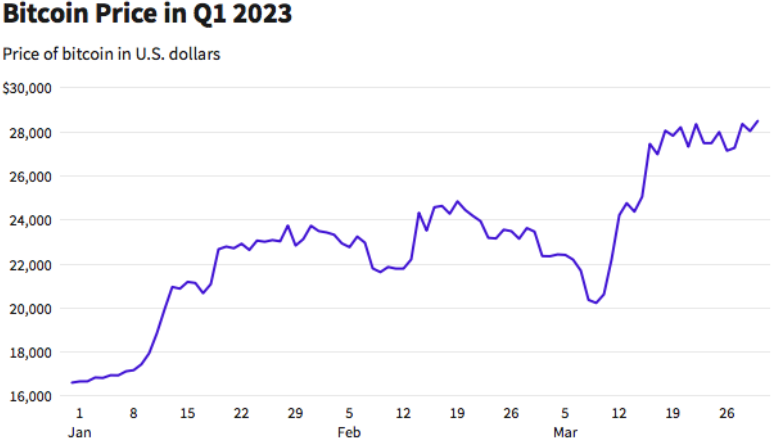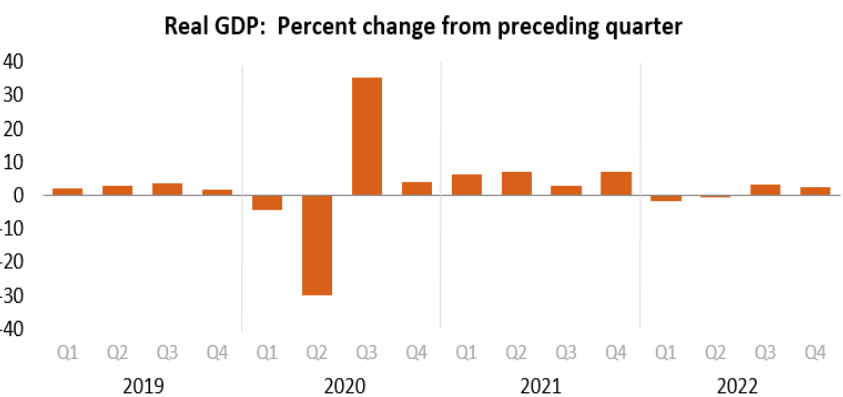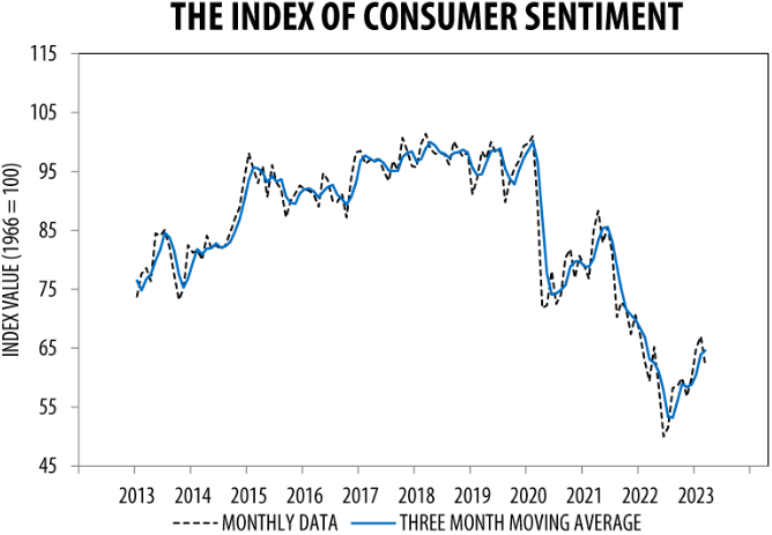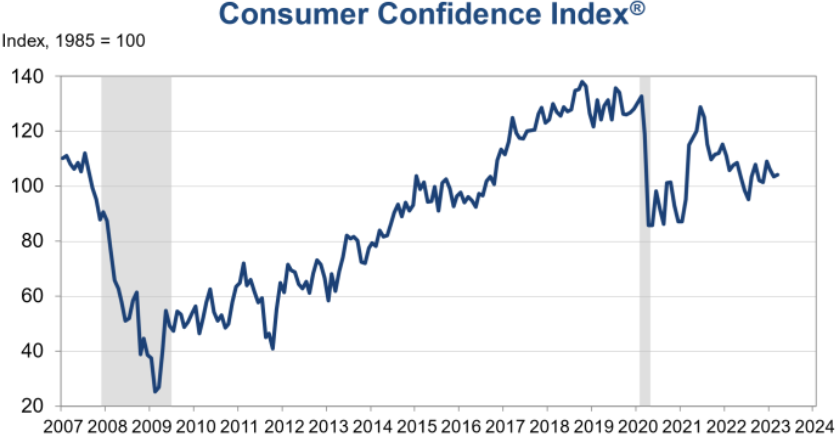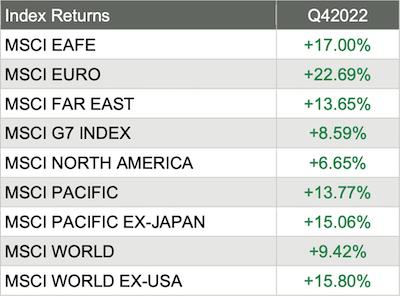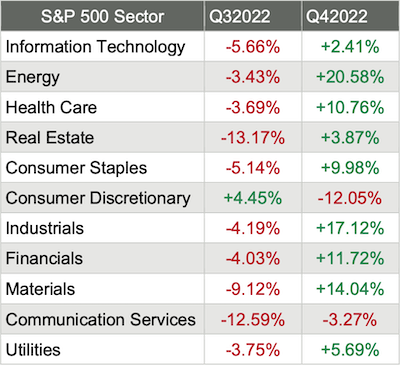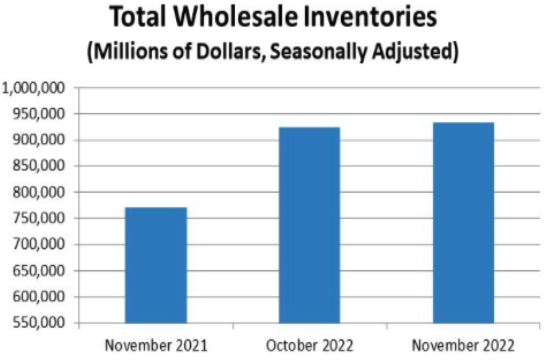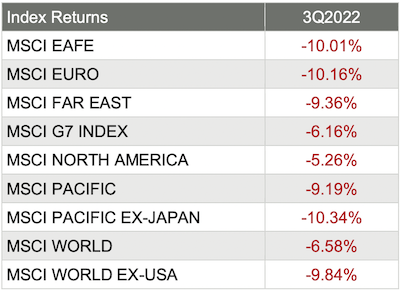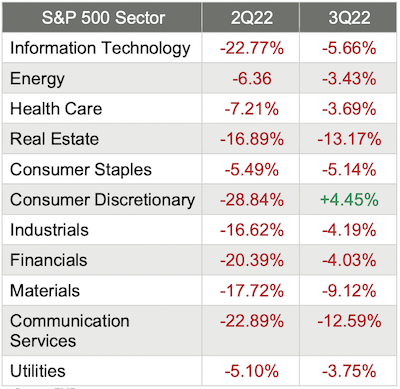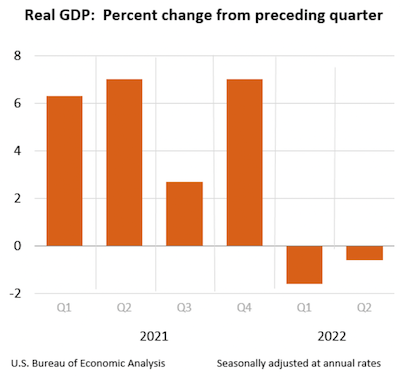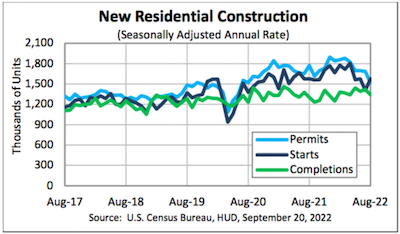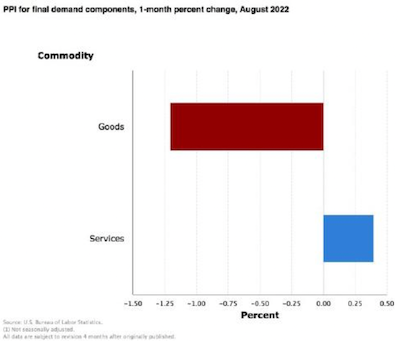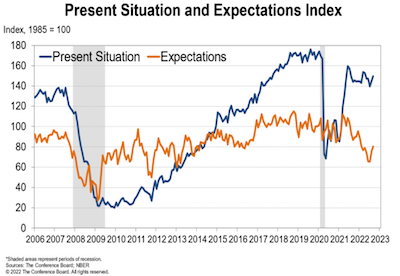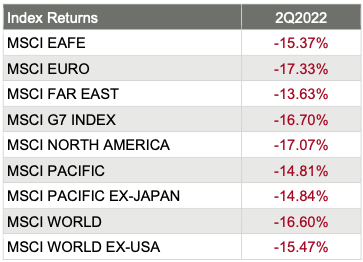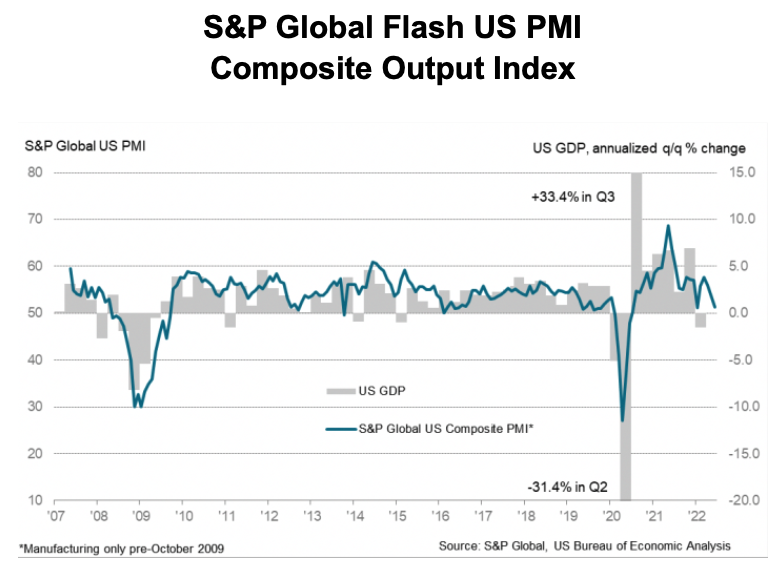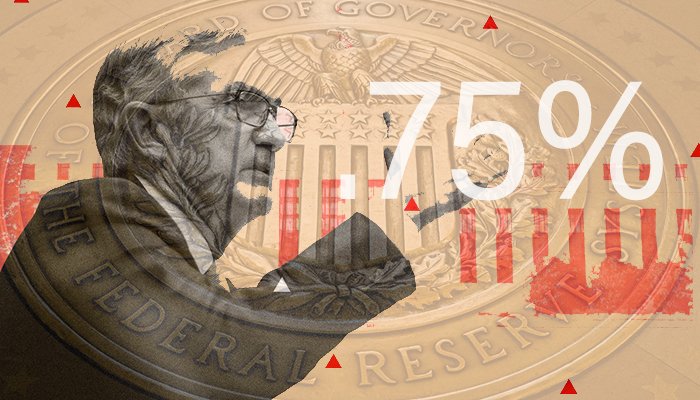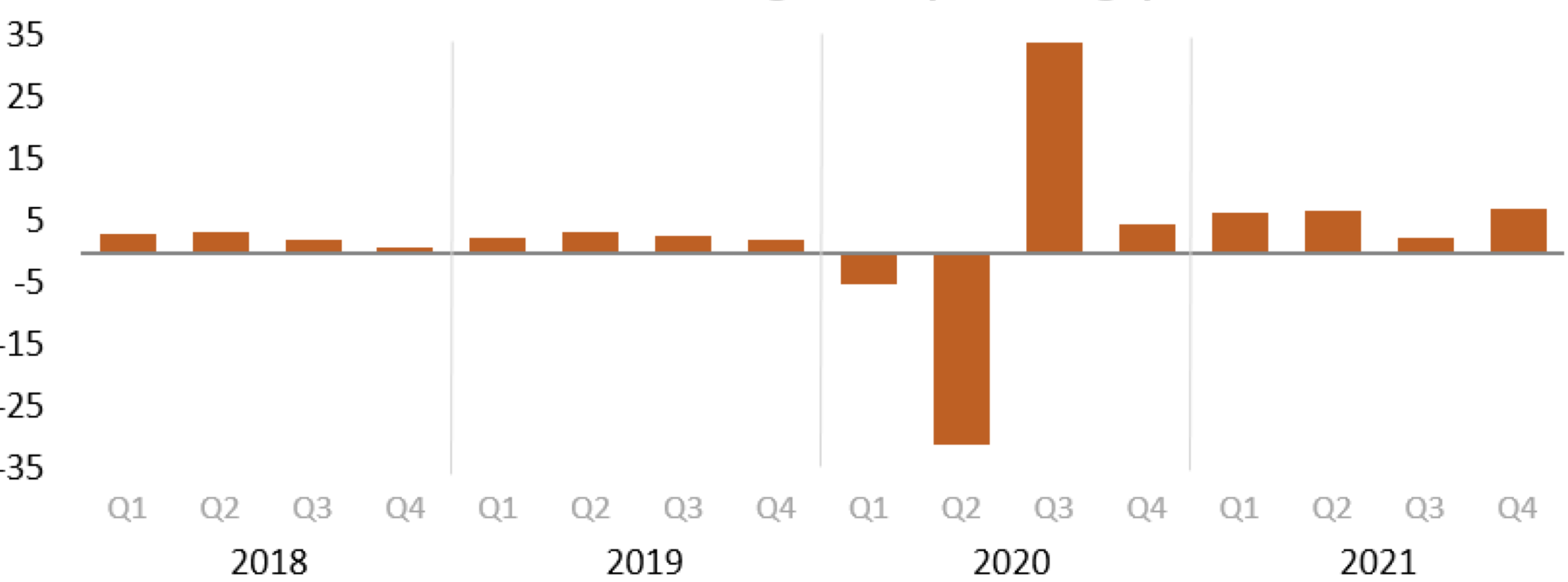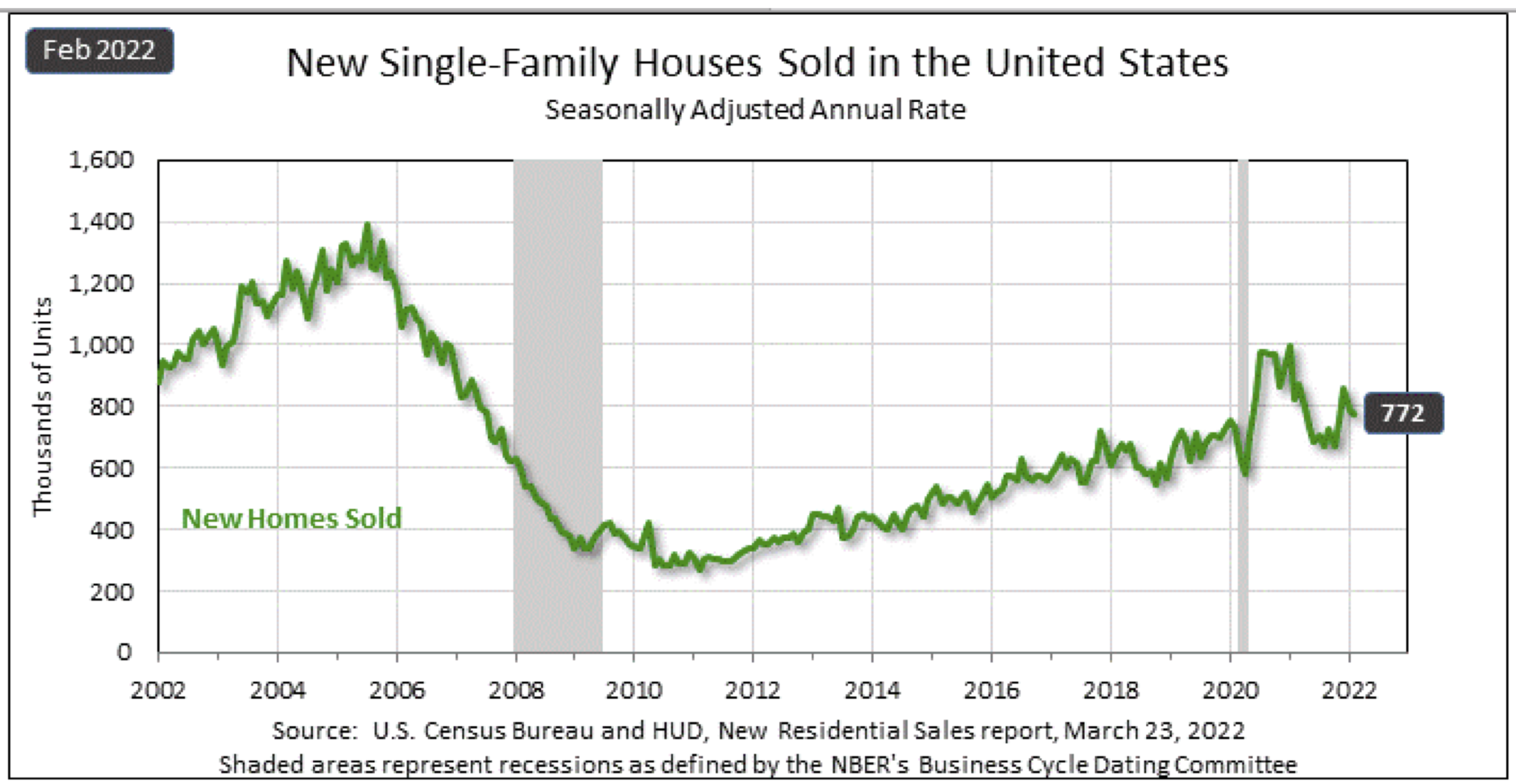Whether you live in the Chicago area or not, chances are you stumbled across this article while searching for a Chicago financial planner or virtual financial advisor. The good news? You’re in the right place!
And because you’re here, I assume you have a few pressing issues in your life that have led you to believe your financial situation needs a bit of help.
Plan for your retirement to secure your financial future
Perhaps you and your wife are three years from retirement, the accounts look good, and you’ve invested and saved, but what’s next? How do you make your hard-earned retirement last the next 10, 20, or even 30 years?
Or maybe, in a tragic turn of events, you lost your spouse much sooner than you thought possible, and you’re completely lost.
You need insight, empathy, and advice to streamline your financial future. You and your spouse's fortune needs to be properly managed so your children and grandchildren can reap the benefits of your dear ones' long and hard years in the workforce.
At Outside the Box Financial Planning, I invite you to pour your favorite drink, enjoy the summer breeze, and be assured my experience in the financial industry will help you through any financial adventure. Here are 6 reasons why my services and expertise can meet your financial planning needs in the richest season of your life.
Planning for your future can be a breeze with Outside the Box Financial Planning
1. With Outside the Box You Get More…
More experience.
More continuing education.
More knowledge of the financial industry.
You know there is so much more to building wealth than simply making money. Where will your hard-earned money grow and compound the best? What accounts are needed in the current market to ensure you don’t lose your retirement?
Continuing education is just one of the many ways to stay up to date with the ever-changing financial world. I strive to improve my understanding of what makes a healthy financial portfolio and how to navigate the financial waters. After educating myself, I pass on my knowledge to you in easy-to-understand language so you can thrive and make sound decisions for your life and family.
And when retirement comes, you can count on me to supply you with Social Security claiming strategies and Medicare options. This gives you a chance at a retirement free of stress and full of abundance.
With over 10 years of experience in the financial industry, I can identify the trends and changes to better anticipate the rollercoaster that accompanies financial growth.
Think outside the box for your financial planning
2. I Am A Fee-Only Financial Planner
What Does Fee-Only Mean?
There are two models of compensation for financial advisors; commissions-based and fees based. A commissions-based advisor is very similar to a car salesman who earns his income based on the price of the car. The more he sells, the more he earns. This type of model makes it difficult for the client to receive completely unbiased advice.
Put simply, the commission-based advisor is more prone to bias and doesn’t always work in the client's best interest. His protocol may encourage him to sell products to the client that aren't particularly necessary, causing the client's money to be spent needlessly.
As a fee-only financial planner, I only charge one fee based on the package we choose that best fits your needs.
Why Should You Choose a Fee-Only Financial Planner?
When you choose to work with someone, you need to know they have your best interest, right? This is especially true when your finances are involved. You need to know that any advice given is sound and honest with no hint of upselling on a product.
You can relax knowing that when you work with me, I will always advise based on what is in your best interest, not mine.
Once we choose the best course for your needs, I am available for advice at any time (within business hours, of course), unlike a commission-based advisor who is restricted to the limits of the services chosen.
Get unbiased advise with the fee-only services offered at Outside the Box Financial Planning
3. I Am A Certified Financial Planner (CFP)
As a Certified Financial Planner (CFP), I have undergone rigorous training to ensure my unbiased and well-educated advice is the best in the market.
CFP is a formal title given by the Certified Financial Planner Board of Standards, Inc, which requires thorough training beyond that of a generic financial advisor. The training includes:
Numerous standardized tests
Commitment to a code of ethics
Formal education
All of this ensures you are getting the best advice for your financial situation possible.
And most importantly for the client, CFPs are fiduciaries, which means they swear to always help make the best financial decisions for their clients, not in the interest of filling the advisor’s checking account.
You can trust that every service provided keeps your success at the forefront of every decision.
4. I Am An Expert In Retirement Management
Retirement should be filled with adventure and joy. You have worked tirelessly to earn your wealth and now you get to enjoy it.
As I mentioned above, I have a vast array of knowledge surrounding retirement topics. I have specific programs that will help you focus on retirement planning and lifetime tax minimization. There are numerous retirement options and I understand how overwhelming it can be to make the “right” decision.
My consultations will give you the peace of mind you deserve after years of working hard to build your nest egg.
With Outside the Box Financial Planning, get peace of mind knowing the nest egg you've been building will sustain you in your retirement
5. I Am A Virtual Financial Advisor
You want to travel the world and explore places you’ve always dreamed of. Or maybe you want to hop in an RV and travel America to visit your 12 grandchildren. Either way, your financial well-being doesn’t have to stay within the confines of Chicago.
So if you're on the beach of Greece and you get a notification that your stocks plummeted, give me a call, and I’ll encourage you and remind you of our strategies. Additionally, if you decide to retire on the sunny beaches of Florida, you won’t lose me. You’ll continue to receive the consistent support you’ve come to rely on.
But if you are in Chicago and want to chat over coffee on Michigan Ave while watching the bustle of tourists, I’m eager to chat about wealth management and whether Gino's East or Giordano’s is the king of deep dish.
Our relationship also doesn’t have to begin with you being in Chicago. If you’re on the west or east coast, or anywhere in between, I’d be happy to help you on your time, completely virtually.
6. Outside the Box Is An Intimate Financial Firm
You’ll never have to worry about waiting on hold for hours on end only to be met by an automated machine. My firm is small and will stay small so that I can meet all the needs of my clients and “do life” with them. My ambition has never been to grow for growth's sake, rather, I want to serve a small number of clients to the best of my ability.
Our relationship will grow and mature as your finances do. You will always receive custom advice that is transparent and tailored to your needs alone. You’ll also feel like you have a friend in the business. I make complicated news and unfamiliar terms easy to understand and relevant to your situation.
Outside the Box is committed to keeping a client load that allows for personal relationships and a high level of expertise to support your complex financial needs.
At Outside the Box Financial Planning, you get my undivided attention and can rest assured that I have your best interest in mind
Think Outside the Box and Receive Peace of Mind
Financial planning doesn’t have to be overwhelming. At Outside the Box Financial Planning, I understand your wealth has taken years to accumulate and you want it to be managed well.
I want you to feel at peace while you travel the world, snuggle with your grandchildren, or pursue new hobbies. To see if we can help you better understand your investment options or wealth management, click here to schedule a conversation today.
Partnering with Outside The Box Financial Planning offers numerous benefits for individuals seeking retirement planning, small business support, wealth management, and beyond. With their fiduciary duty, comprehensive approach, unbiased advice, transparent fee structure, and ongoing support, OTBFP act as a trusted advisor who prioritizes your best interests. Click here to schedule a complimentary “Fit” meeting to determine if we would make a good mutual fit.
Remember, financial decisions have long-lasting implications, and working with a professional can provide the expertise and guidance necessary to make informed choices that align with your financial aspirations.
However, if you would like to take a shot at building a financial plan on your own, we offer our financial planning software, RightCapital, free of charge. Click here to get started.
Content in this material is for general information only and is not intended to provide specific advice or recommendations for any individual.
